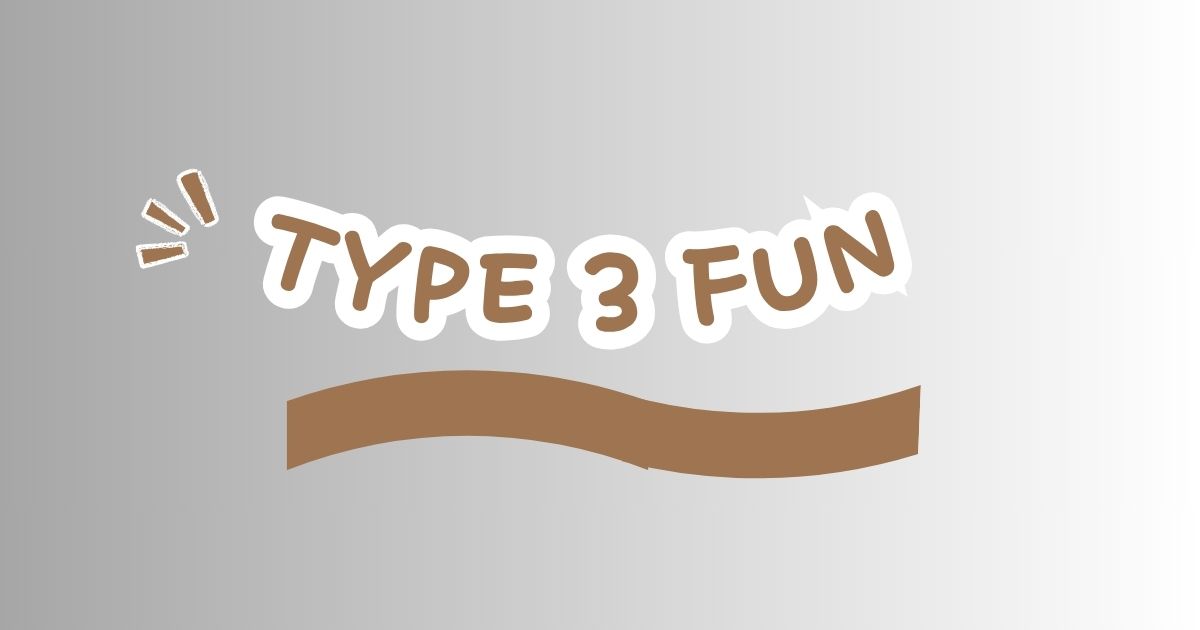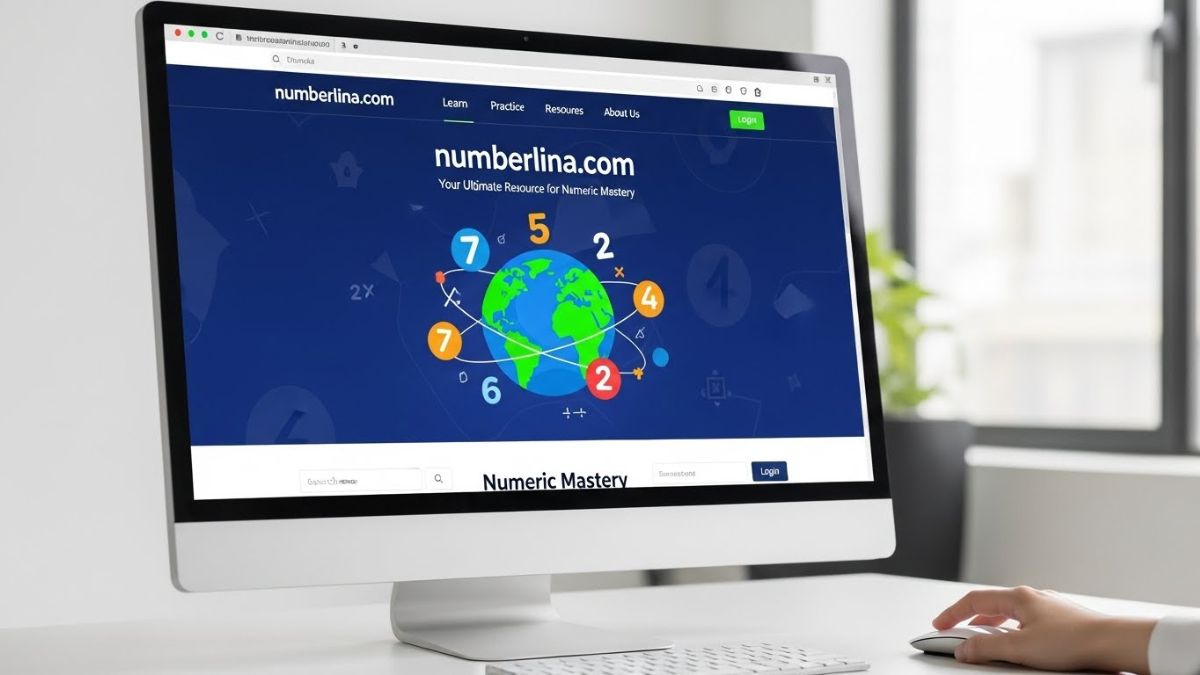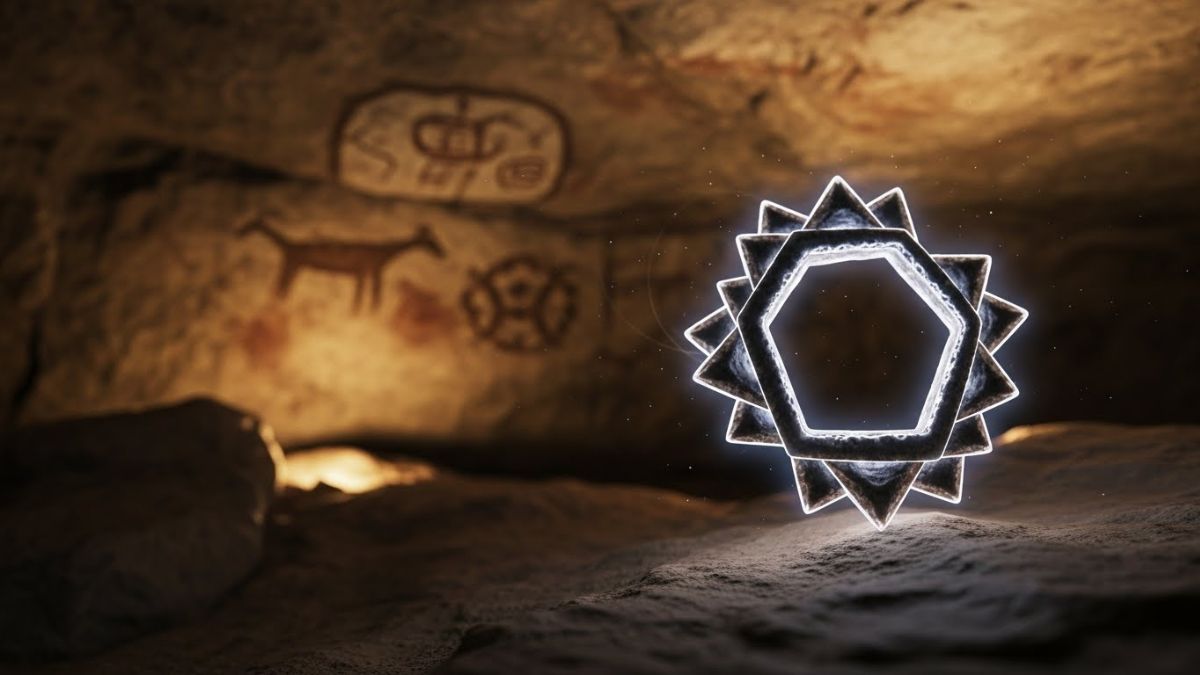Type 3 Fun is the kind of experience that feels absolutely miserable while you’re in it—physically, emotionally, or mentally. There’s no joy during the moment, no laughter, no sense of satisfaction. But later, sometimes weeks or even years later, you look back and realize it changed you forever. And surprisingly, you’re proud of it.
The Origins of the Term
The term “Type 3 Fun” was born in outdoor adventure communities, especially among climbers, backpackers, and mountaineers. It builds on a humorous scale of enjoyment: Type 1 (fun while it happens), Type 2 (not fun during, but fun after), and finally, Type 3—so bad it wasn’t even fun in hindsight… until it eventually becomes one of your most valued memories.
Understanding the Three Types of Fun
Before we dig deeper into Type 3 Fun, let’s quickly define the full fun scale. Type 1 Fun is like eating ice cream on a sunny day or riding a roller coaster—it’s immediately enjoyable. Type 2 Fun, like hiking a tough trail or running a marathon, doesn’t feel great in the moment but gives you pride afterward. Type 3 Fun is the most intense. It often feels like pure suffering, but later becomes a cornerstone of your identity.
Type 1 Fun vs. Type 3 Fun
Type 1 Fun is instant gratification. Type 3 Fun, on the other hand, offers delayed wisdom. While Type 1 is light-hearted and temporary, Type 3 is profound and permanent. One entertains you. The other transforms you.
Examples of Type 3 Fun Activities
Climbing a mountain in a blizzard, getting lost in the jungle, surviving a harsh breakup, or completing Navy SEAL Hell Week—these are classic Type 3 experiences. They feel terrible in the moment but end up being stories you’ll tell for the rest of your life.
Why People Seek Type 3 Fun
Most people don’t actively seek Type 3 Fun. It finds them. But thrill-seekers, adventurers, and personal development junkies often pursue it knowingly. Why? Because they crave growth—and growth rarely comes from comfort.
The Role of Struggle in Growth
Without struggle, there’s no evolution. Type 3 Fun forces you to tap into parts of yourself you didn’t know existed. It challenges your limits, reshapes your beliefs, and breaks your ego—only to rebuild you stronger.
Mental and Emotional Payoff of Type 3 Fun
At first glance, Type 3 Fun looks like emotional chaos. But once the storm clears, survivors often report deep confidence, self-awareness, and even spiritual clarity. It’s not about the suffering—it’s about what the suffering reveals.
Adventure and Risk in Typ’e 3 Fun
Ty’pe 3 Fun lives at the edge of risk. Whether it’s physical danger or emotional exposure, it flirts with boundaries most avoid. But within those risks lies the chance for incredible reward—something richer than ordinary happiness.
Type 3 F’un in Extreme Sports
Ultra-marathons, base-jumping, deep cave diving—these are often less about thrills and more about personal limits. Athletes who engage in these activities know they’ll face agony, but they accept it as the price of transcendence.
How Ty’pe 3 Fun Builds Resilience
Resilience isn’t built in comfort—it’s forged in fire. Every time you endure a Type 3 experience, you increase your capacity to handle stress, uncertainty, and setbacks. It’s like a mental gym with brutal workouts and priceless results.
Psychological Benefits of Suffering Well
When you suffer well—meaning you stay present, you reflect, and you grow—you gain insight into your true self. You become less reactive, more compassionate, and better equipped to face life’s real challenges.
Typ’e 3 Fun in Military and Survival Training
Soldiers, special forces, and survivalists face Type 3 Fun as a daily reality. The goal isn’t fun—it’s transformation. These high-stress, high-risk environments simulate intense adversity to cultivate elite levels of discipline, courage, and adaptability.
Can Typ’e 3 Fun Be Manufactured?
Type 3 Fun can’t be faked—but it can be invited. You can design experiences that are likely to challenge you severely, such as cold exposure, silence retreats, or wilderness expeditions. The key is embracing the suck, not avoiding it.
The Life Lessons Hidden in Ty’pe 3 Fun
Type 3 Fun teaches you patience, humility, grit, and the beauty of hindsight. It gives you perspective: you realize how strong you are and how fleeting pain can be. It’s not just about the story—it’s about the shift inside you.
Turning Pain into Perspective
Time transforms suffering. What once seemed unbearable becomes fuel for motivation, connection, and even gratitude. Type 3 Fun helps you alchemize pain into perspective, turning life’s hardest moments into wisdom.
Is Typ’e 3 Fun for Everyone?
Honestly, no. Some people avoid discomfort at all costs—and that’s okay. But for those seeking depth, adventure, or transformation, Type 3 Fun offers something no other experience can: an unshakable sense of personal power.
How to Recognize a Ty’pe 3 Experience
If you’re mid-way through an experience thinking, “This is hell,” but find yourself oddly proud of it later—you’ve had Type 3 Fun. It’s not defined by smiles, but by scars you learn to cherish.
Lessons Learned After the Fact
Only hindsight can unlock the true power of Type 3 Fun. It might take days or years, but eventually, you’ll connect the dots. You’ll see how the pain served a purpose—and why it was necessary for your evolution.
Final Thoughts
Typ’e 3 Fun isn’t just about pain—it’s about becoming. It challenges everything you think you know about yourself and replaces it with something stronger, wiser, and more grounded. So next time you’re knee-deep in discomfort, smile. You might just be in the middle of a story worth telling.
FAQs
Is Typ’e 3 Fun dangerous?
It can be. Many T’ype 3 experiences involve real risk, whether physical, emotional, or psychological. That’s why preparation, mindset, and support are key.
Can you plan for Ty’pe 3 Fun?
Not exactly. You can design challenging experiences, but true Type 3 Fun often involves unexpected adversity.
What makes Type 3 Fun valuable?
The growth, perspective, and identity formation that result from enduring and overcoming extreme discomfort.
Are there any downsides to Ty”pe 3 Fun?
If not processed properly, it can leave emotional trauma. Integration and reflection are crucial.
How can I turn a bad experience into Typ’e 3 Fun?
Shift your perspective. Ask what it taught you. If you walked away wiser, stronger, or more compassionate—it was Type 3 Fun.











